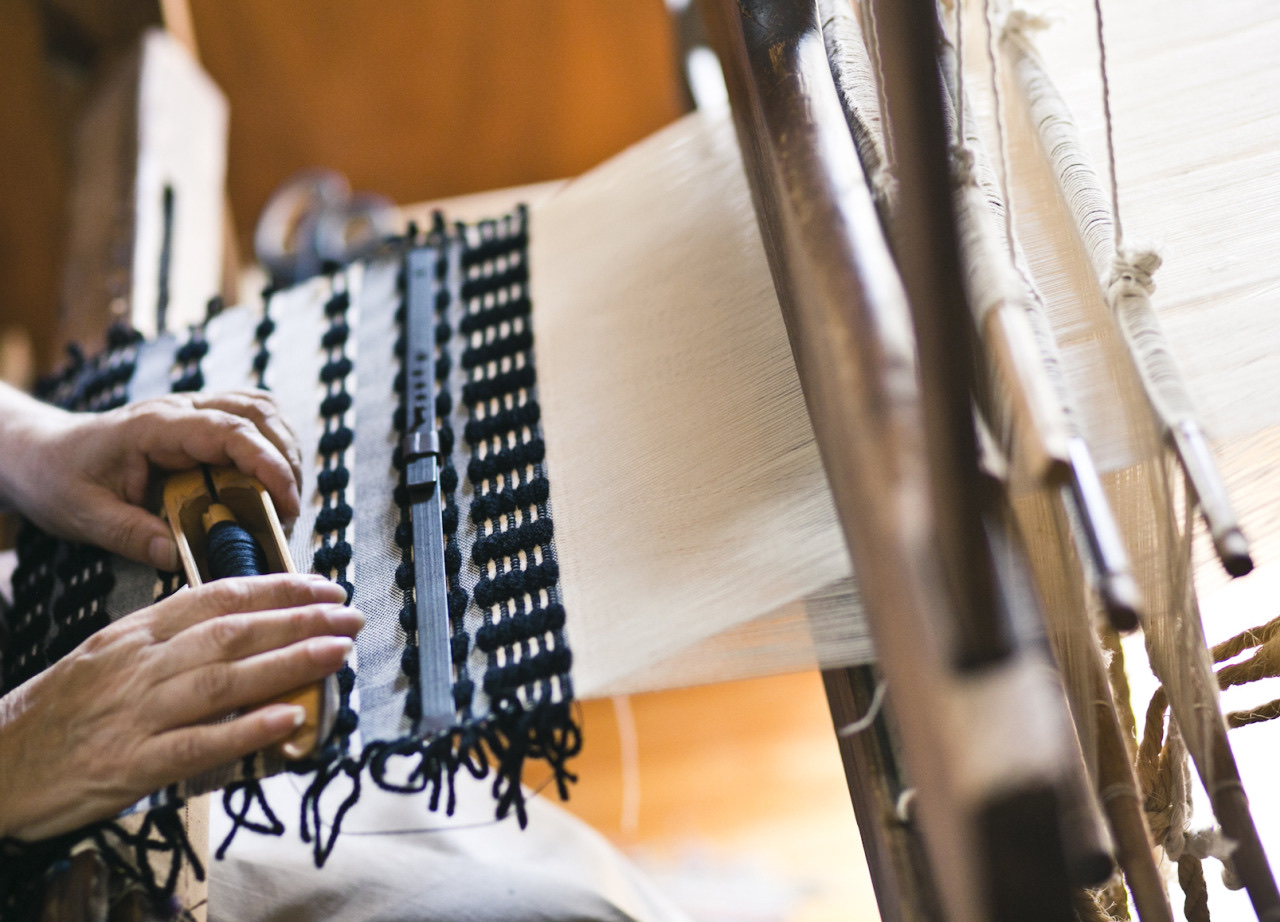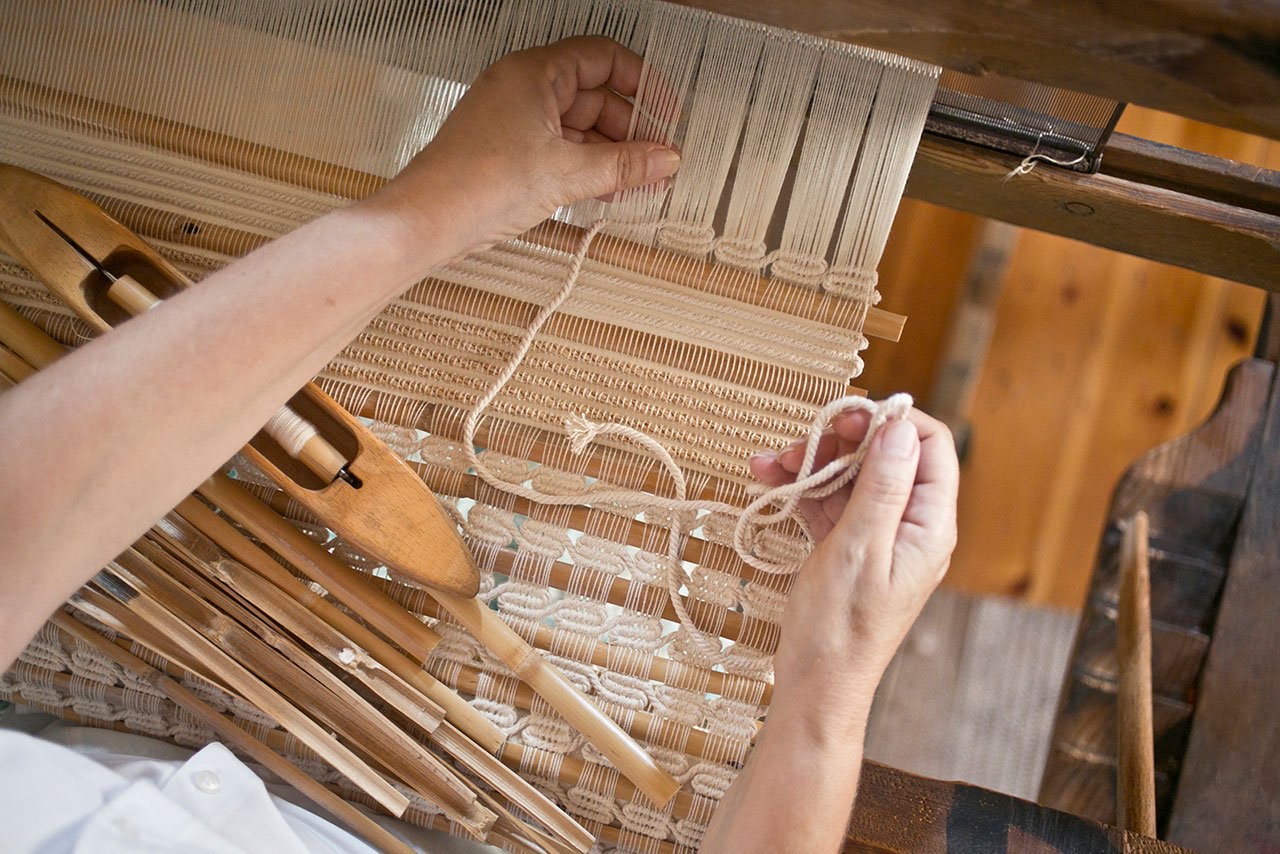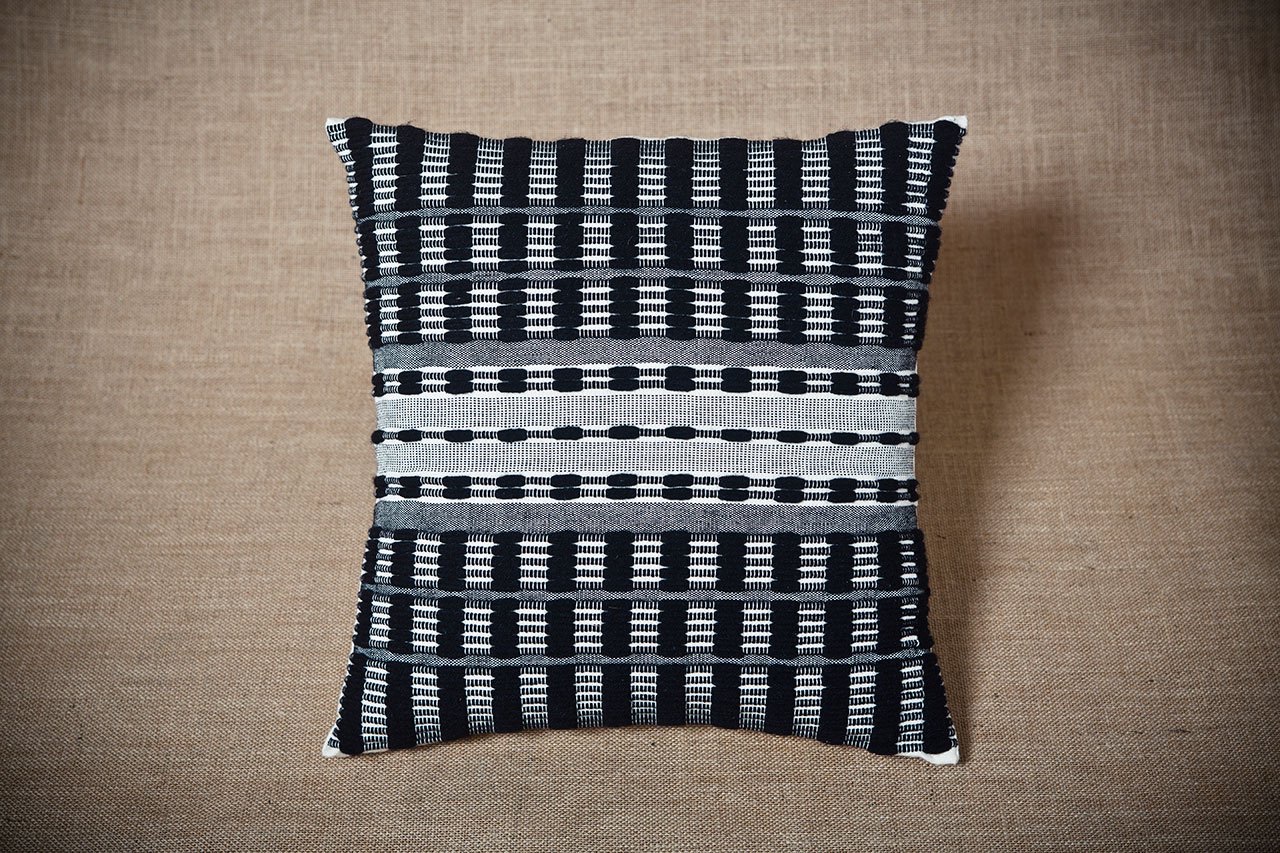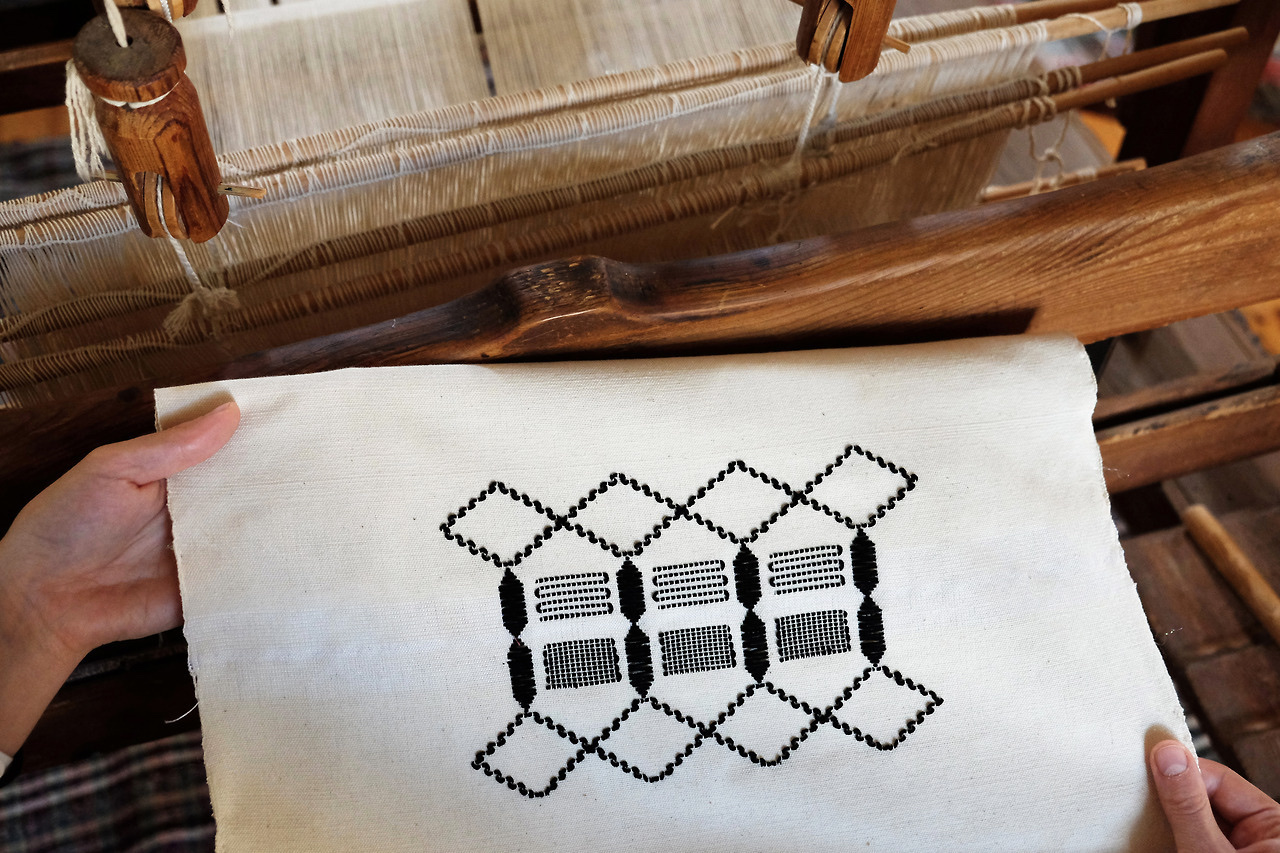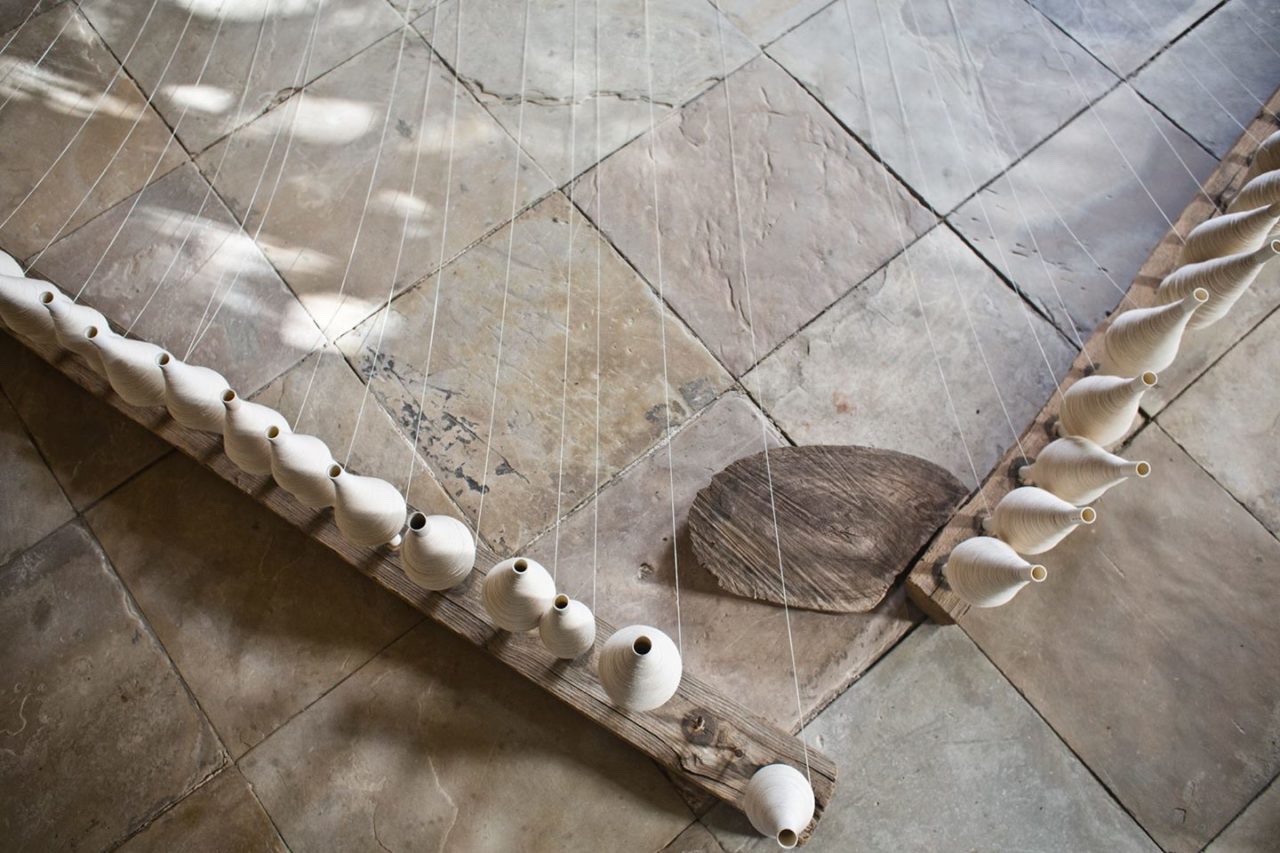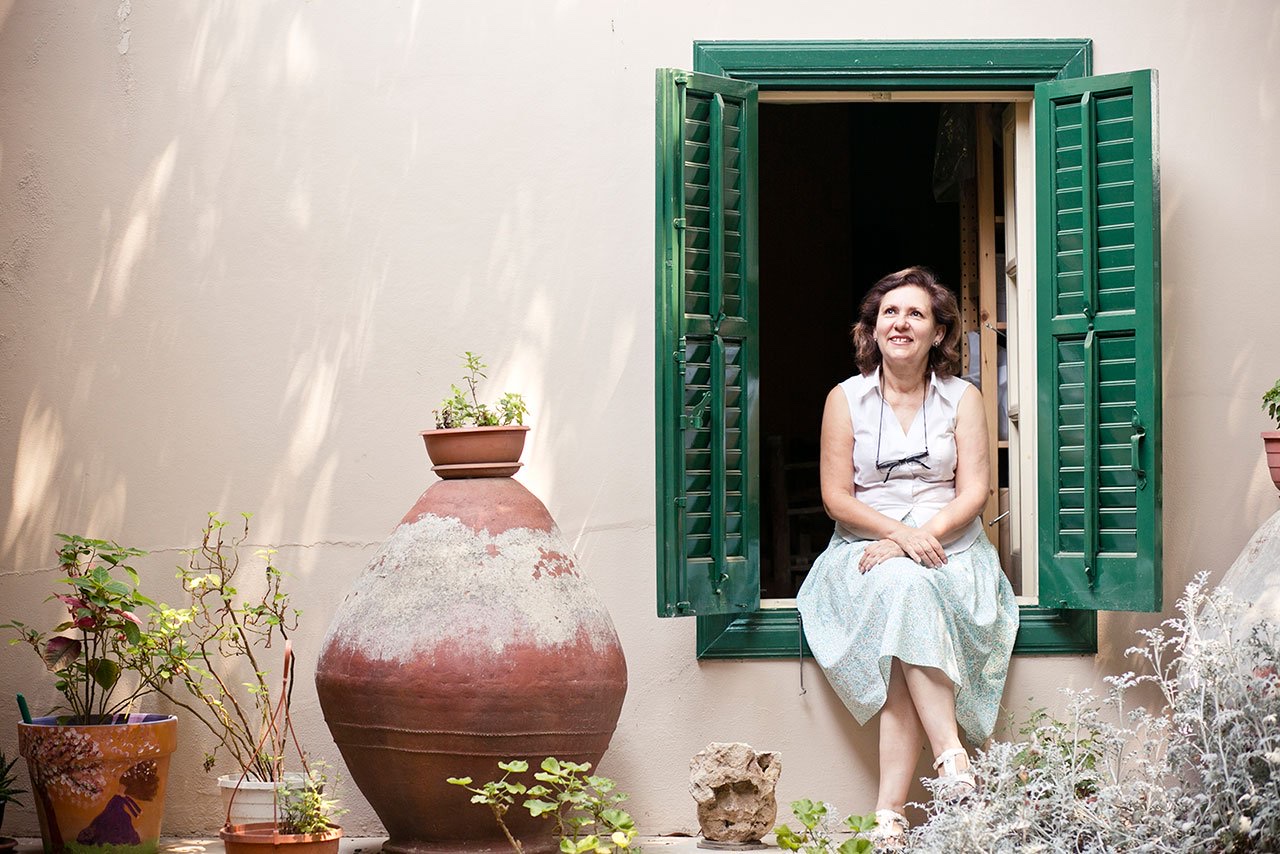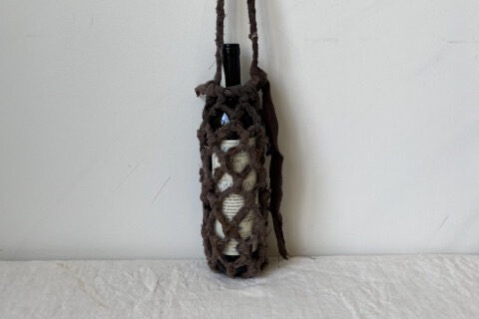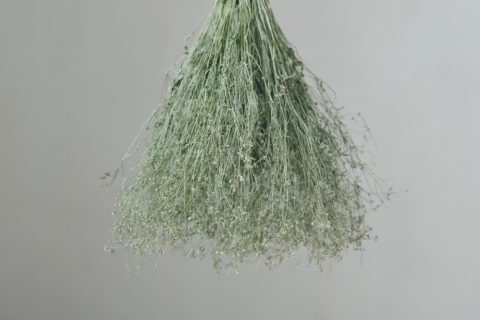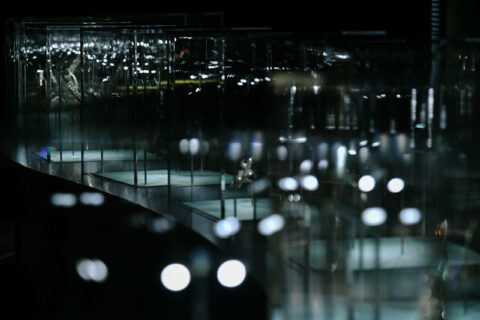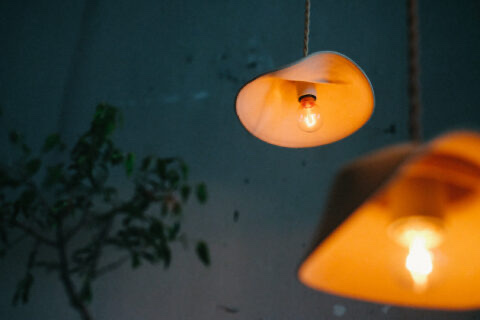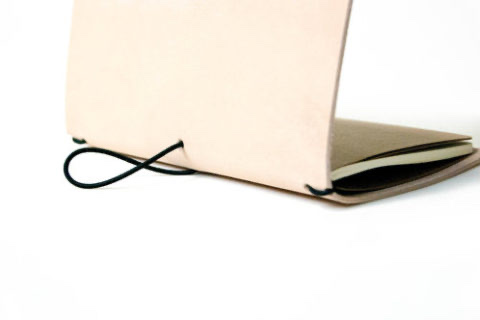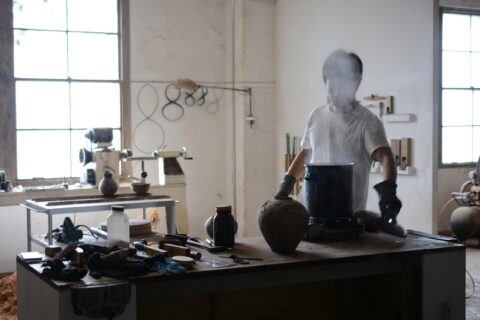
遇到美好的物件時,總忍不住伸手撫摸一下,毛茸茸的葉子、被歲月磨得光滑的椅子、柔軟的毛巾、粗糙的茶碗⋯⋯我們用手來欣賞事物,記住事物的感觸。而比起腦袋,工匠大概更多以手來判定作品的好壞,指尖撫過就知道線條的弧度、布料的經緯鬆緊是否剛剛好,或許因為這個原因,人手製作的物品,才有著與別不同的溫度。
Julia Astreou-Christoforou是研究布藝的學者與藝術家,在地中海東部的島國賽普勒斯的Cyprus Handicraft Centre已工作21年了,工作內容主要是研究當地的傳統布藝的設計與編織方法。這個早在八千前年就有人定居的地方,其工藝文化的歷史也極為久遠。當地的織布方法其中一個最大特色,是工匠們不單以手來製作,而是全身的運動。在走道上整齊排列數十個線筒,牽動著線勾在牆上的編織架上,重覆又重覆,結成一個巨大的網,再將網逐點拆下,卷成球,就完成編織布料的準備工作。過程中不停的走動,不單上以手來感受繩線的質感,還用腳來感受其長度,身體記住了原材料的量與質,自然對完成品有著不同的體會。
Julia很少先畫設計圖,連設計時也是以手來思考的。她總是先來到織布機前,漫目無的地做著各種實驗,直到遇到一些能打動她的圖案或編織手法。之後才構想有哪些布藝作品適合配上這些圖案或編織手法。是靠墊,還是圍巾呢?不同的編織手法、粗細不同的繩線,編織出來的圖案的氣質也大為不同,非動手做過,很難單憑思考來設計出相近的東西。
現時Julia的作品,包括靠墊、手機套、筆袋等作品,均於她網站中發售。
Seeing beautiful objects, it is a natural desire to actually touch their surface. Be it a fuzzy leaf, a naturally aged chair, a soft towel or a rustic tea cup, the sense of touch seems to be essential for appreciating and memorizing the tangible beauty. Craftsmen are perhaps the most experienced ones who can easily determine the quality of a piece of work simply by touching it. They know to judge how precise a curve is by sliding a finger tip along it, they can tell the correct tightness of a piece of mounted cloth. Perhaps for this very reason, artisanal handicraft always carries a unique temperament.
Julia Astreou-Christoforou is a textile designer specializing in woven textiles. She previously worked at the Cyprus Handicraft Service for 21 years and has done extensive research on Cypriot textiles. With human residing ever since eight thousand years ago, the island has a long history of art and craft. One of the distinctive features of the traditional Cypriot weaving is how it involves movements of the whole body: tens of spools are tidily lined up and connected to the hooks by threads. The threads are first entwined into a net, and then spun into balls that are to be weaved into fabric. The repetitive weaving actions do not only require the craftsman to feel the texture of threads by hands, but also the length of the threads by their feet. The body gets to memorize the weight and touch of the materials, forming an overall sensation of the end product.
Julia rarely works on design drawings; she usually let her hands guide her design. Sitting in front of the loom, she aimlessly experiments until a certain pattern or weaving technique pops up and inspires her. Then she would try to match a textile product with this idea that comes from her experiments. The final product could be a cushion cover, a scarf or anything else. Different weaving techniques or different thickness of thread creates patterns with dissimilar demeanor; the outcome is not to be controlled by preliminary design, but by the actual experience of working with both hands.
Works made by Julia, for instance, cushion cover, mobile phone case, and zipper pouch can be bought on her website: www.juliastreou.com.
